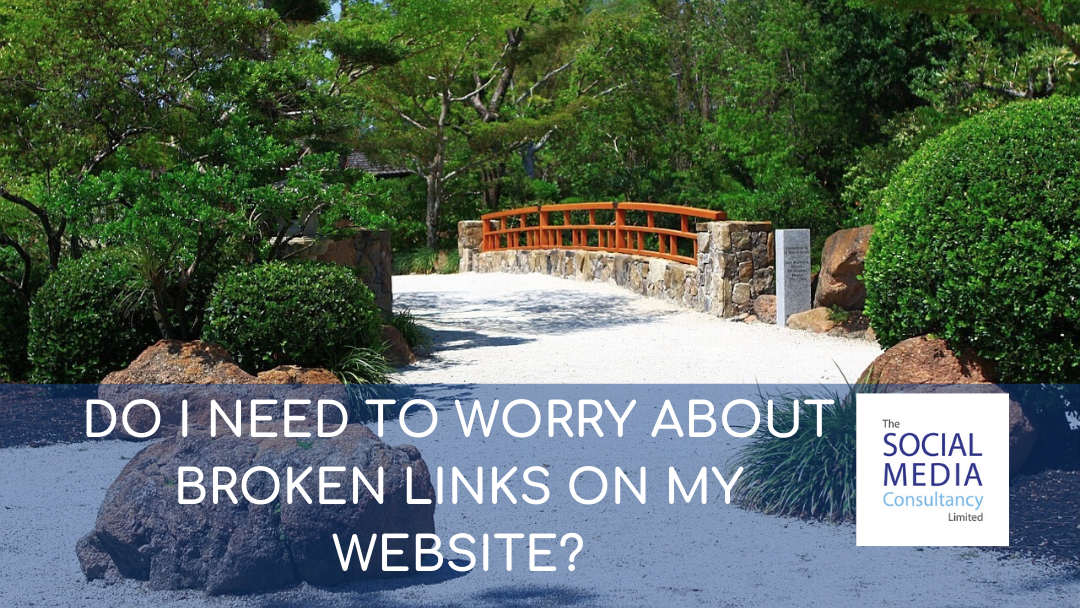Otherwise known as ‘link rots’ or ‘dead links’, broken links are web pages that cannot be accessed on a web server by a user. This results in an error message.
Common Error Messages for Broken Links Include
404 Page Not Found. Displayed when a page no longer exists on a web server.
400 Bad Request. The host server cannot understand the URL on a page.
Bad Host. This occurs when a web server cannot be reached or doesn’t exist any more.
Bad URL. Bad URL’s happen when something is missing from a URL, making it invalid.
Bad Code. An invalid HTTP response code where the webserver response doesn’t match HTTP requirements.
Empty: The web server returns no response code or content.
Timeout: Request for HTTP times out when links are being checked.
Reset. The web server is busy or misconfigured, which causes a connection drop.
Why Broken Links Can Occur
The URL entered by the user is incorrect.
Re-directs have not been set up on updated permalinks resulting in a 404 error.
The site is offline or has been deleted.
Links have been deleted from the site.
Problems exist with the HTML, CSS or JavaScript code.
Outside access is being denied due to restrictions on geolocation or a firewall.
How Dead Links Affect SEO
Although broken links don’t affect overall SEO ratings, they can affect how a site appears in search results due to several reasons.
Firstly, if a site is full of broken links, this indicates to Google that it could be neglected or perhaps even be abandoned. Considering Google search quality rating guidelines use broken links to determine the quality of a site, this is something to be aware of.
You will need to stay on top of updating broken links throughout your site, particularly if Google informs you of any issues.
Having broken links on your site can also increase your bounce rate because users will abandon your website in favour of a competitor to find the information they need.
Discovering and Fixing Broken Links
The best tools for finding broken links throughout your site are SEOptimiser and Google Search Console. Once you have used these tools to find broken links, you can then begin to fix them using the advice given below.
- Use Google Search Console to discover 404 errors. As a general rule, if the top errors seem irrelevant, there are no severe broken links to worry about.
- Only use deep links where you need to link to a reliable page rather than just a homepage. They are commonly used for e-commerce pages, but remember to remove them once the product is no longer available or out of stock.
- If external sites have made errors when linking to you, request a fix from them or use it as a new link building opportunity. If they no longer exist, remove the link and replace with something different.
- If a link is broken, re-direct users to a new location using
If the page to a particular site no longer works, choose a different page, then link to it as a re-direct. - If you want to leave 404’s as they are, make sure they’re set as ‘hard 404’s’ rather than ‘soft 404’s’.



